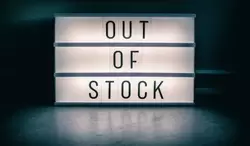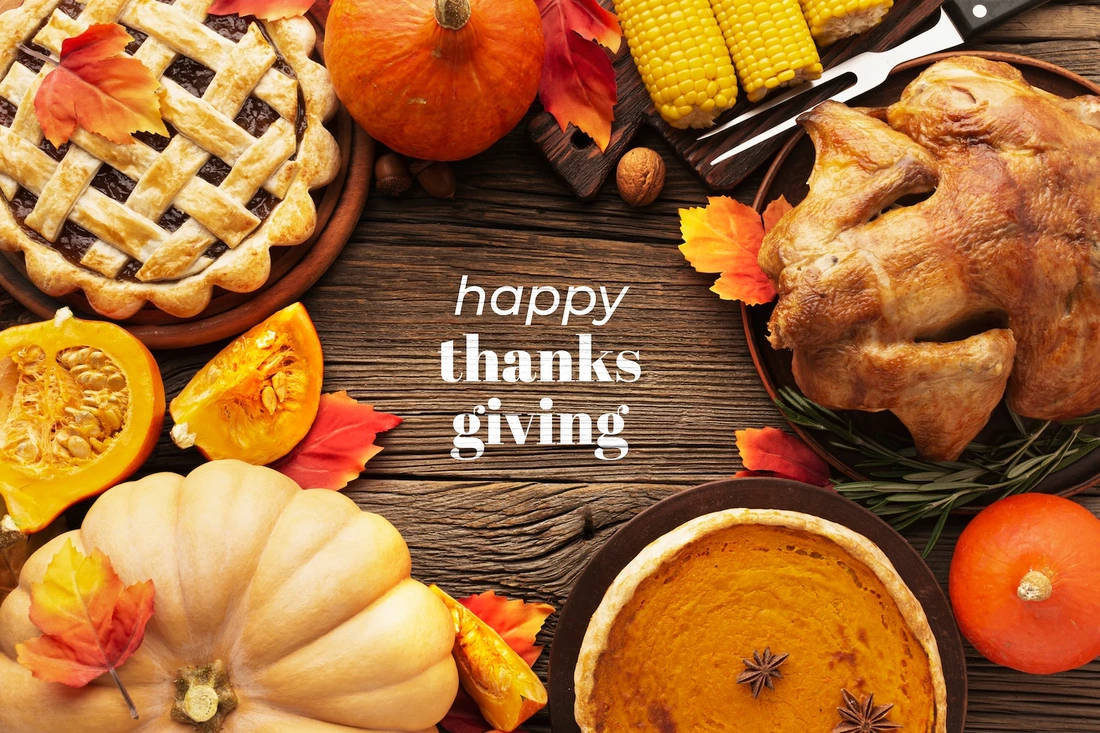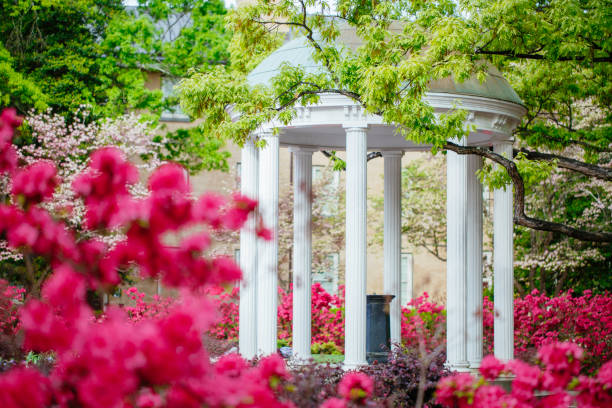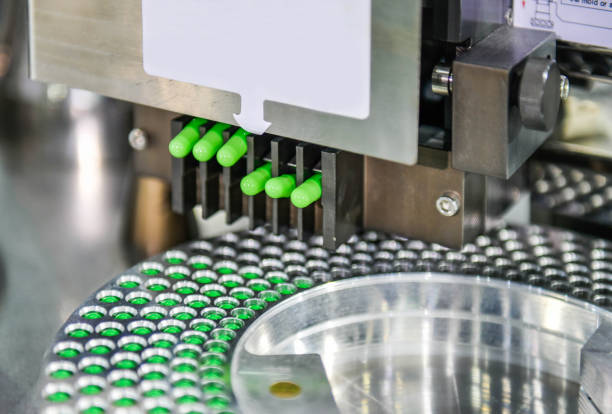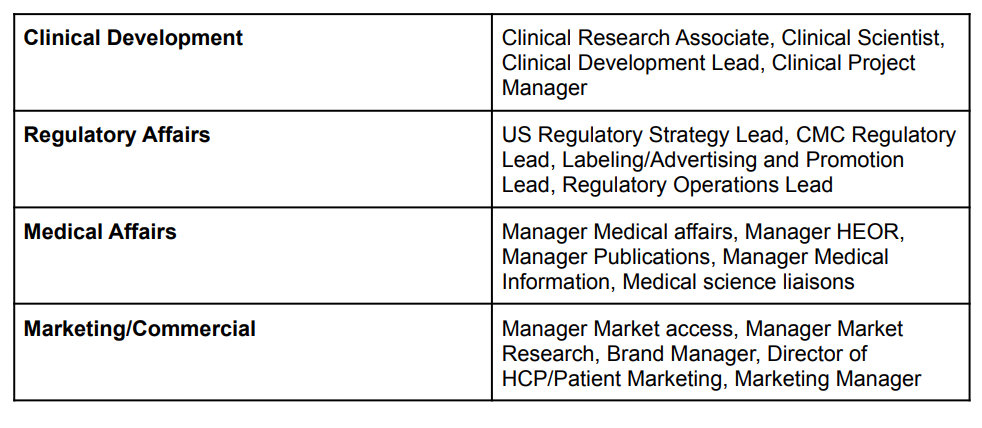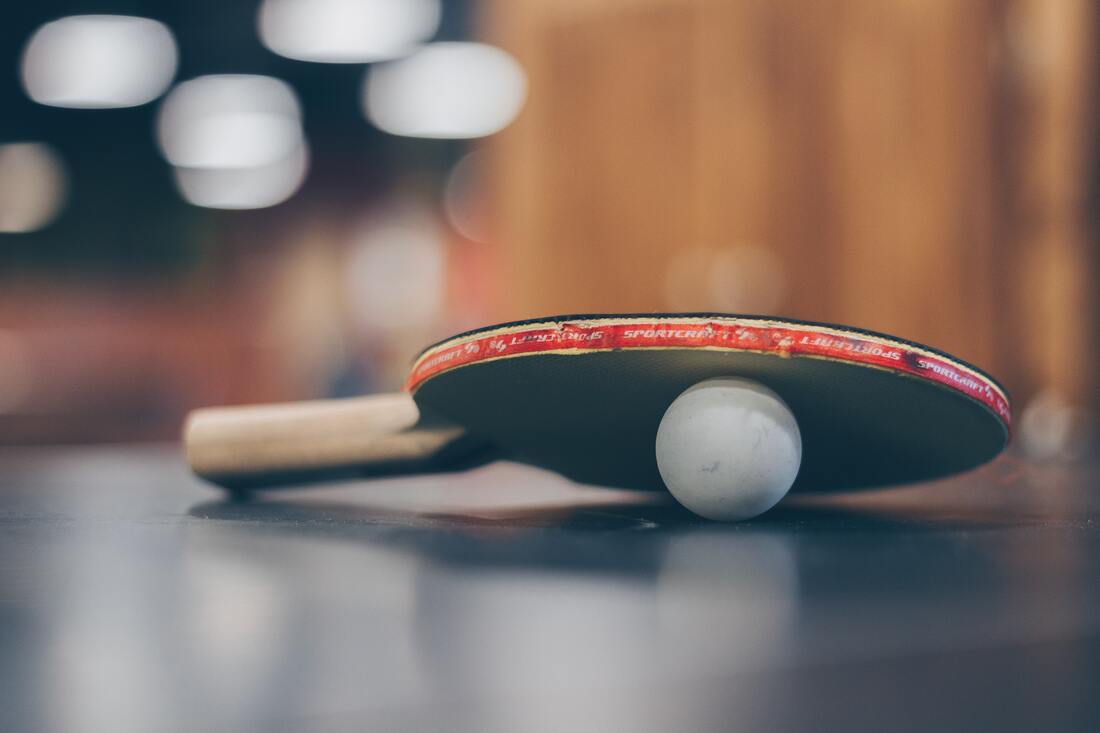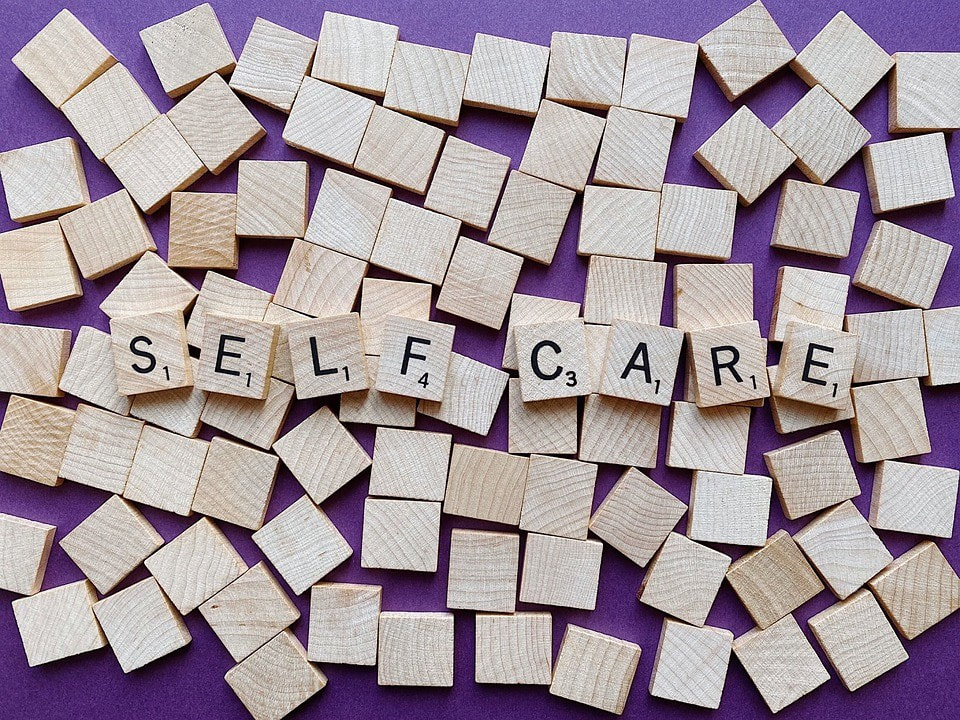|
I recently had my early community immersion experience this past January and February in Asheville, NC. During my time, I kept hearing about an Adderall shortage, and would answer phone calls daily from patients wondering if more Adderall had come in. I was curious as to how there was a shortage, as I couldn’t really imagine that manufacturers simply couldn’t make enough of the product. After doing some research, I found a helpful article written by Matt Stoller, that explains how the shortage is a result of monopolies and has origins in the opioid crisis.
I’ll summarize some of the things I learned and link Matt Stoller’s article below for more in-depth information, if you’re interested. In short, the opioid crisis was the product of “absentee ownership”. Big wholesalers like Cardinal Health, McKesson, and Amerisource Bergen distributed medications neglectfully, oftentimes to pharmacies that were fronts for organized crime. These massive wholesalers weren’t doing this maliciously, or even to try and sneak a profit. They were simply too large to know their clientele, and just didn’t pay attention. As a result, controlled substances made their way to the streets and brought about the opioid crisis. Eventually, there was a settlement where distributors paid money to resolve state litigation involving opioids, for the sake of justice and expelling illicit profits. In addition to this payment, distributors had to follow new rules that rationed the controlled substances they could sell. They had to monitor for “red flags” amongst their customers, a big one being that if the amount of a controlled substance a customer dispenses has grown too much, then they can be “blacklisted” and the wholesaler will not sell them anymore controlled substances. The issue is that wholesalers use algorithms to calculate the quantities their customers can sell. Since the settlement, it has become increasingly difficult for pharmacies to explain to their wholesalers if they have an increase in demand, as the caps set by the algorithm are incredibly rigid. However, this results in a vicious cycle. If one pharmacy hits their algorithmic cap and is blacklisted, then patients have to get their controlled medication from a different pharmacy. If these customers all go to a different pharmacy, then eventually that pharmacy will reach its wholesaler’s cap, and the situation just continues to worsen. It is technically possible for pharmacies to just get their controlled substances from smaller wholesalers that don’t have these algorithms. However, pharmacies are locked into contracts with big wholesalers usually to purchase at least 90% of their generics from them. They might be able to get some controlled substances from these smaller wholesalers, but not nearly enough to meet demand. So, there’s a deadlock – pharmacies can’t get their controlled substances from big wholesalers after they’ve reached the cap, and they also can’t get enough from smaller wholesalers because they’ve already signed a contract to purchase a massive majority of their medications from the big wholesaler. As a result of the opioid crisis, there is an Adderall shortage, community pharmacies suffer from absentee ownership from their wholesalers, and smaller wholesalers are unable to get into the market. If you’re interested in learning more, I again encourage you to check out what Matt Stoller has written and discovered about the topic! Written by: Andrew Nguyen Source: https://mattstoller.substack.com/p/the-monopolies-behind-the-adderall?utm_source=substack&utm_medium=email
0 Comments
Why Women's Health is Important
Women’s health is a broad area in pharmacy. According to America's Health ranking, there were 28.5% unintended pregnancies in the U.S in 2022. About 95% of unintended pregnancies occurred because of not using contraception or incorrect use of contraception (1). What is a Pharmacist's Role in Women’s Health It is important to have pharmacists to help women because they are often the first point of contact for women seeking healthcare advice. Pharmacists are able to tell them how to use contraception correctly and what other options, besides traditional condoms, they have to protect themselves from getting pregnant. With help from pharmacists, women can have their own personalized care based on their preferences. Besides physical protection, medications such as birth control pills and Plan B are also available. However, these medications require pharmacy counseling to ensure that women fully understand how they work. There are often myths about birth control medications: “Birth control will make me gain weight”, “birth control will cause cancer”, “plan B is an abortion pill”, “birth control will affect my ability to have children in the future”.... (2). These myths have prevented some women from trying these medications and caused them to lose protections they could have. Pharmacists are important to clarify and guide women to take birth control medications correctly. Besides birth control, pharmacists are also important in supporting and helping patients to treat conditions that are specific to women, such as menstrual cramps, urinary tract infections, and pregnancy related issues. There are certain medications prohibited from use during breastfeeding as well that pharmacists can advise on. Future Opportunities Nowadays, hospitals have opened more specific departments in women's health areas such as women’s nutrition, hair loss, and genital health. Pharmacy is keeping up with this, as well. In the future, pharmacists may be able to focus more on these specialties and provide more personalized care for women. This will also allow women to have greater access to health care services. Written by: Crystal Wang References:
When you think back to the beginnings of the Thanksgiving holiday in the United States, many Americans are familiar with the Pilgrims’ arrival in New England. These English settlers formed a settlement in Plymouth, Massachusetts, and later celebrated a good harvest with the Wampanoag people who had helped them through the previous year’s winter when food was scarce (1). By the early 1800s, it was customary to celebrate Thanksgiving on the last Thursday of November, and this was made official by Abraham Lincoln in 1863 (2). Did you know that in 1939, Franklin D. Roosevelt moved the holiday up by a week in order to help increase sales for the Christmas season? This practice didn’t last very long because in 1941, he signed a bill to officially change the date of the national holiday to the fourth Thursday in November (3). Although this holiday has history rooted in religion, it is now a secular holiday widely celebrated across the U.S.
The U.S. isn’t the only country that celebrates Thanksgiving. Other countries have their own versions of Thanksgiving or harvest celebrations occurring between October and November. In Canada, Thanksgiving is celebrated on the second Monday in October and many Canadians get that day off to enjoy the holiday over an extended weekend. In the Philippines, Thanksgiving is celebrated on the same day as in the U.S. and is part of a long Christmas season. Black Friday in the U.S. occurs the day after Thanksgiving and marks the beginning of the Christmas shopping season. However, many businesses in the Philippines start having sales for Christmas as early as September. In Japan, Labor Thanksgiving Day falls on November 23, and celebrates labor and production on top of giving each other thanks (2). These are just a number of countries that recognize the observance of Thanksgiving. In terms of foods eaten during American Thanksgiving, the turkey has become synonymous with the holiday and is often the centerpiece of a traditional Thanksgiving meal. Second to turkey, baked ham is also a popular main dish served. Common traditional sides include mashed potatoes, stuffing, and cranberry sauce, and a pie such as pumpkin pie is usually served for dessert (4). Of course, there are many other sides and desserts that can be seen depending on regional or cultural differences. In the south, you may also see things like green bean casserole, mac and cheese, collard greens, and sweet potato pie. What dish/side is your favorite, or which would you be most excited to try? (Personally, I'm a big fan of stuffing and mashed potatoes!) In addition to gathering and eating together, families can tune in to watch thanksgiving day parades. The parades usually run for about 3 hours and some notable ones include the 6abc Dunkin’ Thanksgiving Day parade, which is the oldest Thanksgiving parade in the US; the America’s Thanksgiving Parade; and, arguably the best known, the Macy’s Thanksgiving Day Parade in New York City (5,6,7). In the Macy’s Parade, some familiar and crowd favorite balloons are Snoopy, Pikachu, Mickey Mouse, and Garfield. All the balloons are made by the Macy’s Parade Studio, and companies can pay each year to have their balloon featured in the lineup (8,9). If you’re interested in seeing some of the fun characters in this year’s lineup, take a look at https://www.macys.com/social/parade/lineup/ To all those celebrating, have a Happy Thanksgiving and enjoy the break with your friends and family! Written by: Natalie Ly References: (1) Wikipedia contributors. Plymouth, Massachusetts. Wikipedia, The Free Encyclopedia. Published November 5, 2022. https://en.wikipedia.org/w/index.php?title=Plymouth,_Massachusetts&oldid=1120213209 (2) Wikipedia contributors. Thanksgiving. Wikipedia, The Free Encyclopedia. Published November 19, 2022. https://en.wikipedia.org/w/index.php?title=Thanksgiving&oldid=1122815048 (3) Silverman DJ. Thanksgiving Day. In: Encyclopedia Britannica. ; 2022. (4) Wikipedia contributors. Thanksgiving dinner. Wikipedia, The Free Encyclopedia. Published November 9, 2022. https://en.wikipedia.org/w/index.php?title=Thanksgiving_dinner&oldid=1120939697 (5) Wikipedia contributors. 6abc Dunkin’ Donuts Thanksgiving Day Parade. Wikipedia, The Free Encyclopedia. Published November 19, 2022. https://en.wikipedia.org/w/index.php?title=6abc_Dunkin%27_Donuts_Thanksgiving_Day_Parade&oldid=1122701256 (6) Wikipedia contributors. America’s Thanksgiving Parade. Wikipedia, The Free Encyclopedia. Published January 28, 2022. https://en.wikipedia.org/w/index.php?title=America%27s_Thanksgiving_Parade&oldid=1068492956 (7) Wikipedia contributors. Macy’s thanksgiving day parade. Wikipedia, The Free Encyclopedia. Published November 21, 2022. https://en.wikipedia.org/w/index.php?title=Macy%27s_Thanksgiving_Day_Parade&oldid=1122995147 (8) Neary KS. Ultimate guide to the Macy’s Thanksgiving Day Parade. HowStuffWorks. Published November 17, 2019. Accessed November 21, 2022. https://people.howstuffworks.com/culture-traditions/holidays-other/macys-thanksgiving-day-parade2.htm (9) Conradt S. How are balloons chosen for the Macy’s thanksgiving day parade? Mental Floss. Published November 19, 2018. Accessed November 21, 2022. https://www.mentalfloss.com/article/29284/how-are-balloons-chosen-macys-thanksgiving-day-parade (and how to get them)1. Attention to detail
This should be a no-brainer. You are working with medications that will ultimately affect real-life patients, so there is zero room for error. Pharmacotherapy accuracy is crucial, but one area that many students forget to master is compliance knowledge. Understanding GMP (Good Manufacturing Practice) regulations are important in ensuring high quality standards are met and that companies are following health and safety requirements. On average, a non-compliant company must pay a $9.6 million penalty. Luckily, most pharmacy programs incorporate legal regulations as part of the curriculum, so PAY ATTENTION. You can also get a GMP certification to help distinguish yourself from the crowd and demonstrate your understanding of industry best practices. 2. Problem Solving Strategic thinking is essential in any industry, and the same holds true in the pharmaceutical realm. You will be working on complex projects that require constant innovation and planning ahead. Work on that procrastination problem while you’re still in school, because time-management will only get harder in the real world. Employees who are quick to problem solve are valued heavily in the industry. The best way to improve critical thinking is to put yourself in scenarios that require it (i.e. leadership positions in clubs). 3. Interpersonal Skills Communication is key! You may be used to working by yourself in an academic environment, but it’s all about collaboration in an industrial environment. You must be able to quickly and concisely convey complex scientific information in layman’s term. Talking is great, but it’s also crucial that you can empathetically listen to others. Hone in on your emotional intelligence skills and make sure to always ask intelligent follow-up questions. 4. Growth Mindset Learning doesn’t stop once you leave the classroom; in fact, I would argue that it becomes more prevalent post-doctorate. There is no longer an overhead authority figure to ensure you are learning and passing. It becomes up to you to stay up to date on the latest therapies and industry trends. The best way to do this is to read pharmacy related news articles daily. Here are a few recommended sources: https://www.fiercepharma.com/, https://www.biopharmadive.com/, https://www.morningbrew.com/daily 5. NETWORKING I cannot emphasize this enough. NETWORK, NETWORK, NETWORK. All your perfect grades, publications, and leadership roles mean nothing if you can’t land a job. Talk to professors after class, reach out to like-minded individuals, attend conferences…. There are a plethora of ways to network. If you prefer not to leave the comfort of your home, hop on linked-in and start messaging away. Don’t be afraid to reach out to people with your dream job and set up a 20 minute coffee chat. People, especially recent graduates, are eager to share their knowledge and experience. Written by: Gautham Venkatesh The middle region of the state of North Carolina is known around the world for being a science and technology hub known as the Research Triangle. The tips of this “triangle” are three well-renowned universities: the University of North Carolina at Chapel Hill in Chapel Hill, Duke University in Durham, and North Carolina State University in Raleigh. The proximity of these three universities to one another has allowed the area to grow into the perfect location for young adults and students to live in, but besides going to classes and studying, what is there to do in Chapel Hill?
Chapel Hill is home to some iconic places that are recommended for tourists to visit, but long-time residents enjoy visiting as well. To start things off with a place that is somewhat pharmacy related, Suttons Drug Store has been standing on Chapel Hill’s main street, Franklin Street, since 1923, and while the pharmacy is no longer working, it is now home to a diner that serves delicious shakes and burgers for its customers. Another food option also on Franklin Street is Top of the Hill Restaurant and Brewery, which has a great outdoor patio on the top of the building that provides a perfect view of Franklin Street below and is the eighth oldest surviving brewery in the state of North Carolina for those interested in craft brews. In the neighboring town of Carrboro, the Carrboro Farmers’ Market is a must for those who want to purchase fresh produce, as the market includes goods from 75 vendors located within 50 miles and is open every Saturday all year long. Also in Carrboro is Cat’s Cradle, an iconic music venue that has hosted artists like Nirvana and John Mayer and continues to host up-and-coming artists as well as local talents. A bit farther away from downtown Chapel Hill and Carrboro is Maple View Ice Cream & Country Store, which sells award-winning ice cream with classic flavors like chocolate and vanilla, but also flavors that change with the season, and it has a wrap-around porch and large grassy area where individuals can relax and have picnics on (I personally highly recommend this one!). One of the most photographed spots in Chapel Hill is the “Greetings from Chapel Hill” mural that celebrates some of the most iconic landmarks on the UNC campus. The mural was completed in October 2013 by artist Scott Nurkin, and it is found on the back of the building to He’s Not Here, one of the most famous college bars on Franklin Street which is also home to the famous Blue Cup. Another iconic picture spot is the Old Well, a neoclassical rotunda, located in the middle of the UNC campus. In the middle of the Old Well is a drinking fountain that is reported to bring a semester of good luck and a 4.0 GPA to students who drink from it before classes start. I hope you’ve enjoyed this little intro to things to see and do in Chapel Hill! As you can see, there are many places and landmarks to explore in this area and it is always bustling with students and alumni no matter what time of the year. Below is a link for more ideas on what to do in Chapel Hill if you ever visit or if you are just interested in seeing what this beautiful area has to offer: https://www.visitchapelhill.org/things-to-do/ Written by: Emily Relic The Common Misconception “So do you just dispense pills at CVS or Walgreens?” This is a common question that arises from friends and family when the profession of pharmacy is discussed. Many people outside the world of healthcare (and even many within) are oblivious to pharmacists’ vast scope of practice. Over the past 40 years, pharmacists have made significant strides in transforming their public perception from “pill counter” to trusted patient advocate. Pharmacists nowadays contribute regularly to patient care by rounding with medical teams, leading medication adherence efforts, and pursuing federal legislation to reduce drug costs. A novel and growing field is industry pharmacy. What Does an Industry Pharmacist Do? Pharmacists within the industry are employed in a plethora of positions to aid in the drug development process. Practice titles, role descriptions, and skills required vary by company, but the drug development team can be broken down into four categories: Clinical development, regulatory affairs, medical affairs, and commercial/marketing. Examples of positions within each category include: How to get Involved?
It is never too late to consider a career within the industry! If you are a current pharmacy student looking to explore career paths within the pharmaceutical industry, consider joining industry related organizations such as Industry Pharmacists Organization (IPhO) or Academy of Managed Care Pharmacy (AMCP). IPhO offers an annual VIP Case Competition where students work as a team and compete with other pharmacy schools to construct a comprehensive drug development plan for a fictitious, scenario-based drug. Although proficient pharmaceutical knowledge is crucial, the key to thriving within the industry is NETWORKING. Attend guest lectures and connect with the lecturers to learn about their role within the industry. Other Career Options The role of a pharmacist is no longer reserved to only retail or hospital. Below is a link to the APhA website that outlines various career options available to pharmacists along with a brief description of each: https://aphanet.pharmacist.com/career-option-profiles?is_sso_called=1 Written by: Gautham Venkatesh One of the jewels of the University of North Carolina’s sports club program is a diamond in the rough. The UNC Chapel Hill’s table tennis club is full of elite, top-tier student athletes. The club is run by five highly dedicated officers: Jasper Ou, Elvin Liu, Joseph Ma, Winfield Warren, and Andrew Nguyen. Together, they organize try outs twice a year, four weekly practices, scrimmages, and participate in tournaments from the local to national level.
The club is a part of the Carolina Division of the National Collegiate Table Tennis Association (NCTTA). They compete in the NCTTA divisional and regional tournaments as well as in tournaments outside of the NCTTA, usually held by Triangle Table Tennis Club in Morrisville, North Carolina. In addition to tournaments, just this year the club has participated in two scrimmages: one with North Carolina State University and the University of South Carolina. These scrimmages helped to expand interest in the sport, foster relationships between neighboring clubs and inspire healthy competition. Plans are already going into motion to host two more scrimmages this semester: with Duke University and the University of Georgia. Among the top players in the club is President Jasper Ou from Orlando, Florida who has been playing since the age of 5 and has a rating of 2156. Treasurer Joseph Ma from Cary, North Carolina has been playing since the fourth grade and is rated in the upper 1000s. Vice President Elvin Liu hails from Concord, North Carolina and has been playing for almost two years. The table tennis rating system is similar to chess, with a higher rating generally being more reflective of a greater skill level. In each match, there is an “exchange” in rating points, where the winner goes up and the loser goes down. A rating of 2000 is a recognizably high level of playing skill, while the best in a country are around 2700. A beginner is usually in the 200-1000 range. But the officers aren’t the only players with talent. At the age of 31, post-doctorate student Darius Teo also finds time to play when he is not working on cheminformatics. He’s been playing competitively since the age of 10 back in Singapore, which was actually later than most of his peers. He started playing because his dad and older cousin played at a local club, and he would oftentimes tag along. According to Darius, he joined the UNC Table Tennis Club because he still loves to play and it’s an easy way for him to make friends. Freshman David Nguyen confirms this, saying “My favorite thing about the table tennis club is the mutual respect everyone has for each other. Even though everyone is at different levels of skill, we’re always trying to help each other.” Despite varying backgrounds, ages, and experience, one thing brings these group of students together: their love for the sport of table tennis. For these students, in these uncertain and trying times the club serves as a reprieve from the stress that many of us find ourselves surrounded by. If you’re interested in finding out more about the club and following their progress, their website and Instagram handle are attached below! Website: https://heellife.unc.edu/organization/tabletennisclub Instagram: @unctabletennis Written by: Andrew Nguyen As the semester winds down with finals and the holiday break on the horizon, it’s safe to say that students are feeling all kinds of stress right now. Whether it’s worries about grades, waiting to hear about something you applied for, or whatever else, this time of year can be overwhelming for many. In this blog post, I hope to offer some helpful tips for taking care of yourself and ending the semester strong.
First things first, I want you to pause, take a deep breath in, and exhale. I want you to take a second to think about this past semester and where you are in this present moment. We should be incredibly proud of ourselves for how far we’ve come in the semester! Yes, we still have to make it through finals, and you probably feel a sense of impending doom or like you’re going through a mid-midlife crisis right now but rest assured, YOU GOT THIS. Without further ado, here are some ways to engage in self-care and avoid burnout as you close out the rest of this semester. -Try to stick to a schedule or routine that works for you. You don’t have to account for every minute of your day but having a simple outline of what you want to accomplish on a given day can make things more manageable and reduce how overwhelmed or anxious you may feel. -Try to get an adequate amount of sleep. This ties in with making a schedule – if you try to wake up and sleep around the same time each day, you’re more likely to have better quality of sleep and achieve the recommended 7-9 hours of sleep. This is easier said than done but also try to limit screen time before bed, and avoid caffeine later in the day. Remember, sleep affects learning and memory so it is more important to get as much sleep as you can, rather than stay up pulling an all-nighter. -Take breaks. Give yourself short breaks between blocks of studying to refresh your mind and cut down on screen fatigue. You can use the time to grab a snack, take a walk to get the blood pumping, or even watch a little bit of TV. Whatever you’re doing, be sure to take your mind off studying for the time being and enjoy your break. This will help keep you more focused and motivated during those chunks of studying. -Make sure you’re eating properly and staying hydrated. It can be easy to sit for hours studying and forget to eat or drink anything during that time. You have to feed the body to power the mind. Try to get adequate nutrition and avoid things like eating a bag of chips and calling that dinner (guilty!). -Don’t be afraid to ask for help. It’s okay to lean on your support network for help, and if you don’t this kind of support available, there are resources such as Counseling and Psychological Services (CAPS) that can help. Hopefully some of these tips can help you with finding and maintaining ways to take care of yourself. Self-care is not something that you should just do during finals. It is important to take care of yourself the rest of the year as well, and building healthy habits and taking just a little bit of time out of the day to check-in with yourself can do wonders. I wish you all the best with finals and hope you enjoy your winter break! Written by: Natalie Ly Ensuring equity is an active process, particularly when the world is falling apart. In Black communities, it seems like we are always teetering on the edge- reaching out for support from backs turned. There is an uncommon resilience that is, fortunately or not, common to Black people. This force commands us to find our balance and strengthens us to lend a helping hand. We return to our roots; we give back; we come full circle. Future pharmacist Jodelie Bellot knows what it is like to feel the earth give way, and she is committed to helping others pick themselves up and dust themselves off. “I was born in Haiti and spend most of my childhood there; however, this childhood was abruptly cut short on the afternoon of January 12th, 2010. That afternoon, my once home in Port-au-Prince was ravaged by a devastating earthquake of a magnitude of 7.4. The whole country was plagued with ruin; everywhere I looked was in a state of emergency. Experiencing and witnessing such destruction at a young age really shifted something in me. This gave me a great push to be involved in the healthcare field, and after much reflection, I decided to become a pharmacist. As a pharmacist, I would be able to contribute to my community if something like this would’ve happened again. This journey wasn’t easy: I faced many challenges and setbacks, but I am dedicated to meet my end goal. I am currently a 3rd-year student serving the community through a similar crisis such as the COVID-19 pandemic. I worked all throughout the pandemic from staffing at my local pharmacy to procuring COVID tests and administering the COVID vaccine. I am so glad that I am in the position where I can serve my community in such disasters and I will continue to do so once I complete my studies for my PharmD in 2022.” 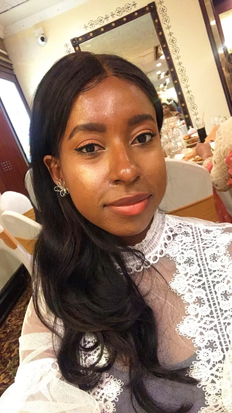 Jodelie Bellot, PharmD Candidate in NY Introduction written by: Christian Brown, UNC Class of 2023; PharmAlliance Student
|
�
Categories
All
Archives
October 2022
|

